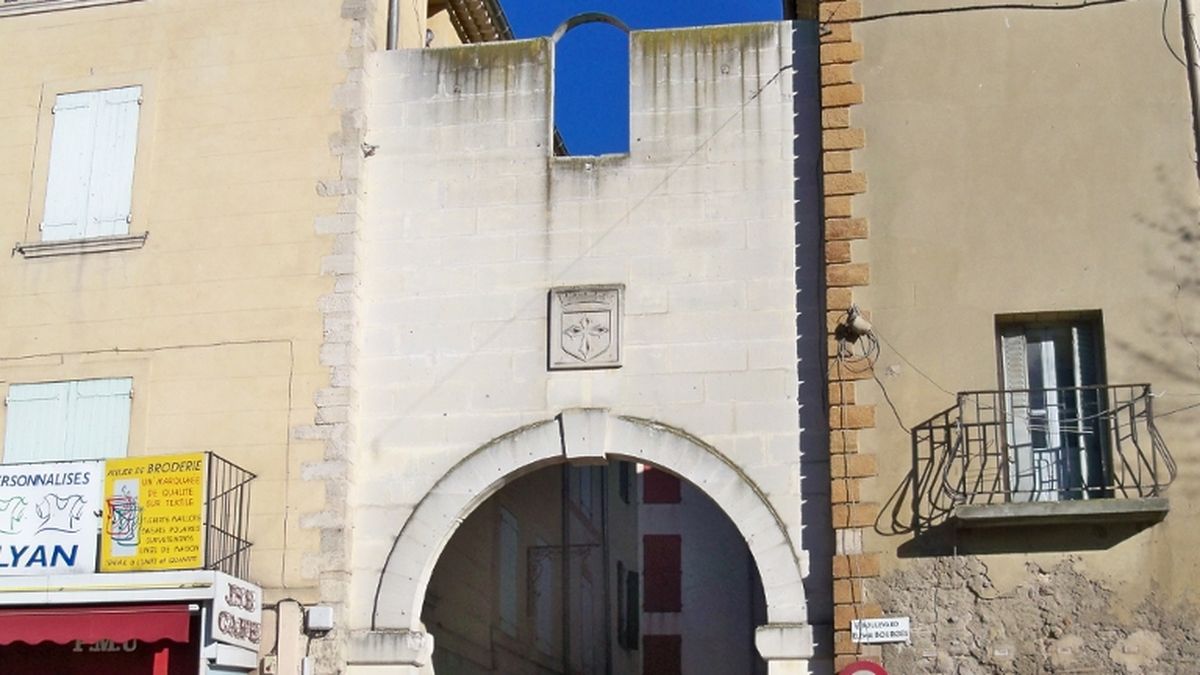 Guilhempierre gate | ©Véronique PAGNIER / CC-BY-SA
Guilhempierre gate | ©Véronique PAGNIER / CC-BY-SAScared stiff
Here’s the Guilhem-Pierre gate. The former one was destroyed in 1836, after a cholera epidemic which decimated inhabitants of Manosque.
Why? Because fresh air and light had to enter in this old medieval district, to disinfect the place!
The gate was named after a notable from Manosque who lived in the 13th century.
After the plague from Marseille which struck the city in 1720, the cholera turned up in 1834.
Cholera? A nasty contagious disease (orally or by a contaminated water): people generally died of it within a few hours.
Symptoms? Severe diarrhoeas, dehydration.
Victims even became blue because of the cyanosis (oxygen goes out in the blood) and after the death, they could have tenseness in muscles.
Whoa, pretty scary!
Well, the French expression avoir une peur bleue, which means "to be scared stiff of", comes from cholera!
Giono and the Horseman
A chap from Manosque wrote about cholera epidemic in the city, in his famous novel: Jean Giono and his Hussard sur le toit (Horseman on the Roof).
The action takes place in 1832. Angelo the handsome Italian on the run turned up in Provence, which was at that time completely devastated by cholera.
We follow his trip, the quarantine, his encounters, the pain, anguish... love, too.
It sounds like it’s quite something! Oh, by the way, critics often blamed Giono for his lack of realism concerning the illness description.
According to the author, we could cure cholera like Angelo does in the novel: by rubbing the body with eau de vie!
Oh, and do you know where does this title come from?
The hero took shelter on a roof, in Manosque, while inhabitants were chasing him: they thought he had poisoned the fountain’s water...
